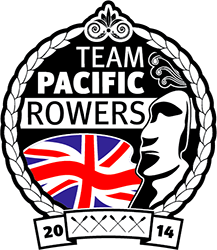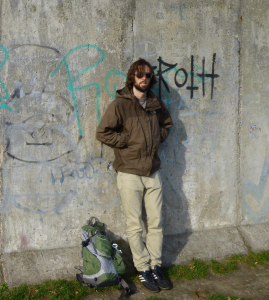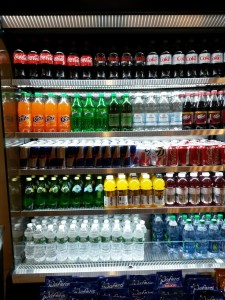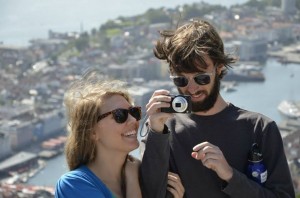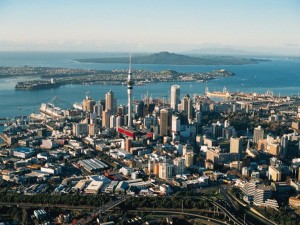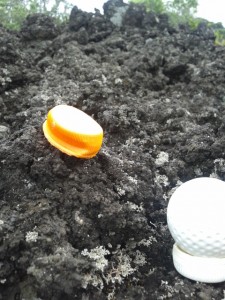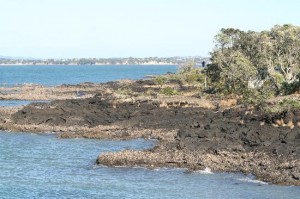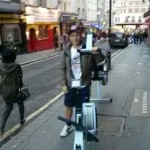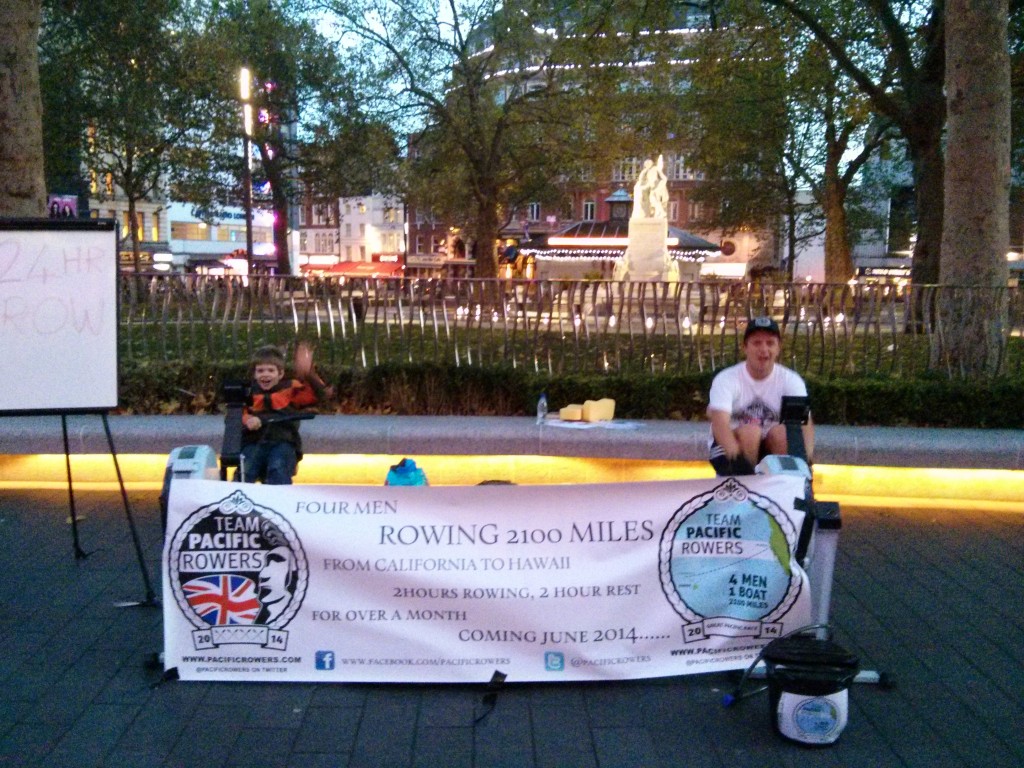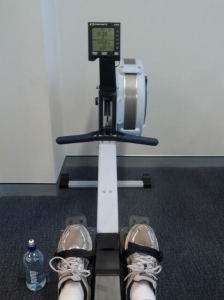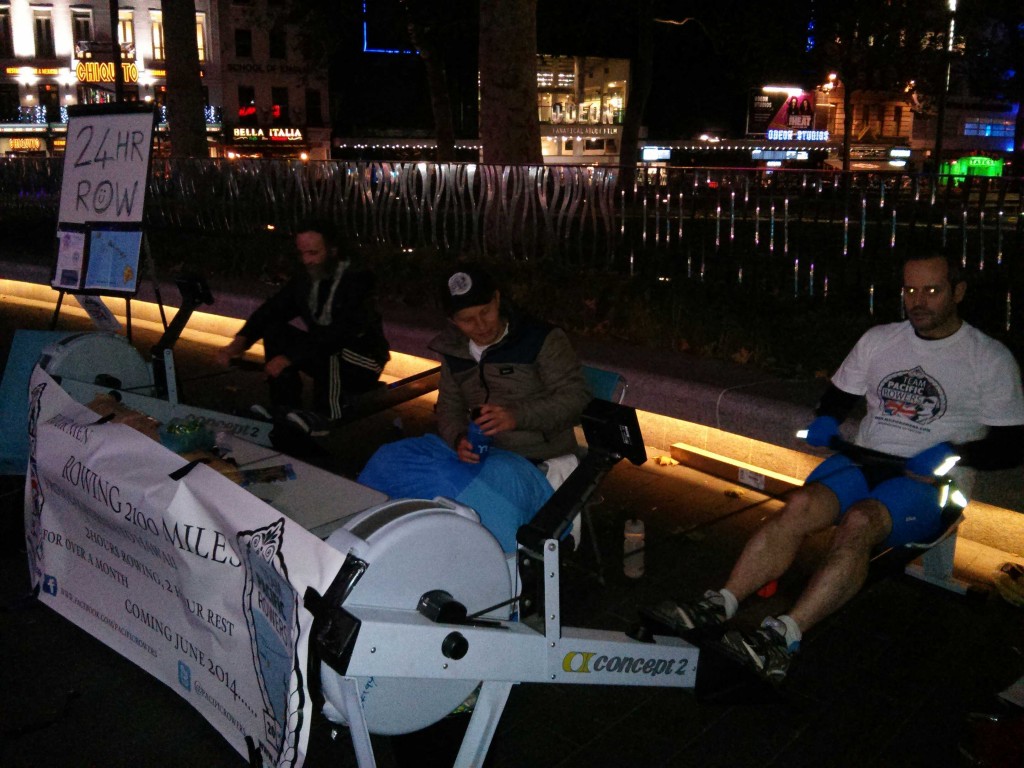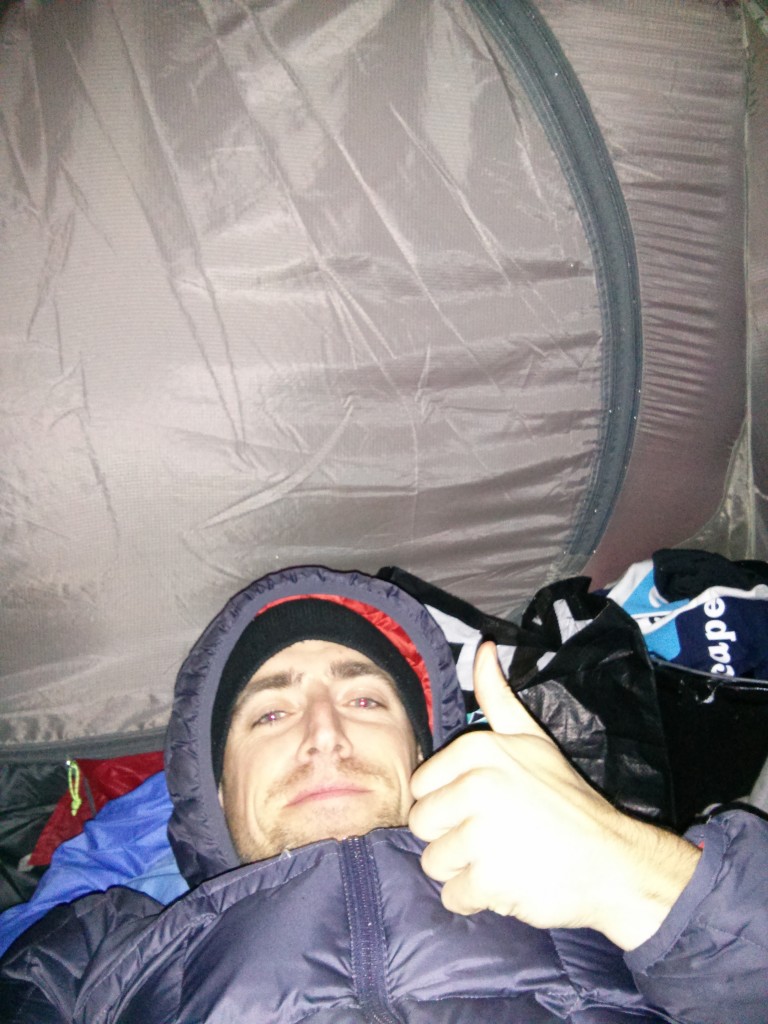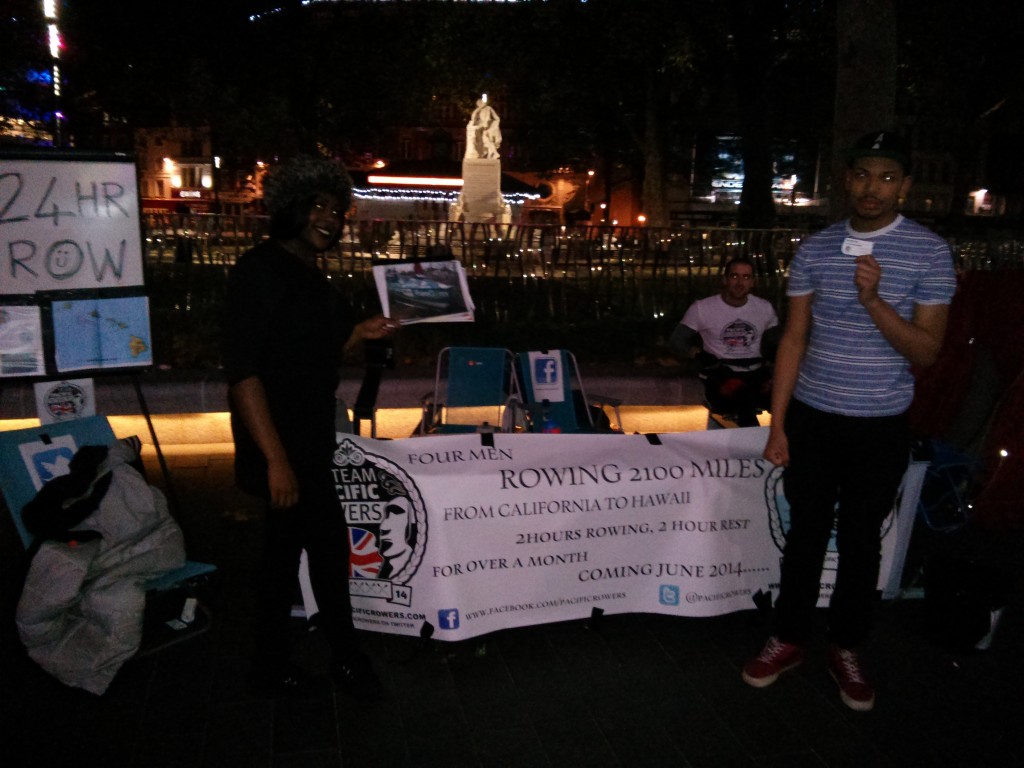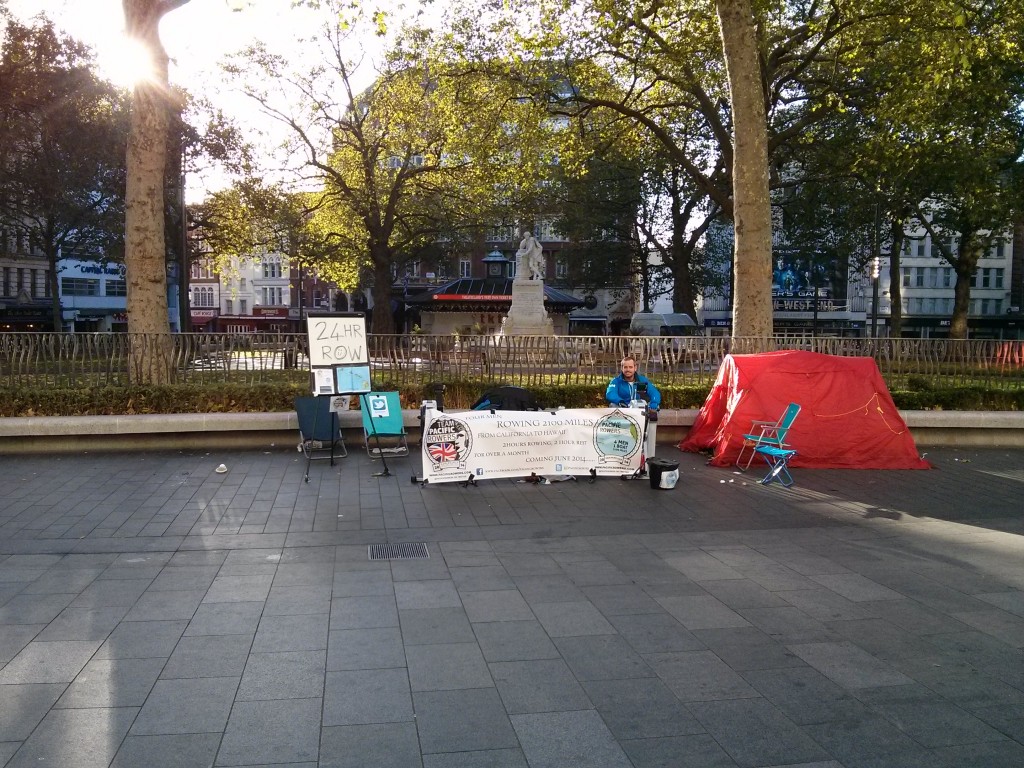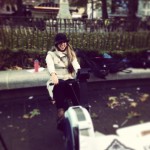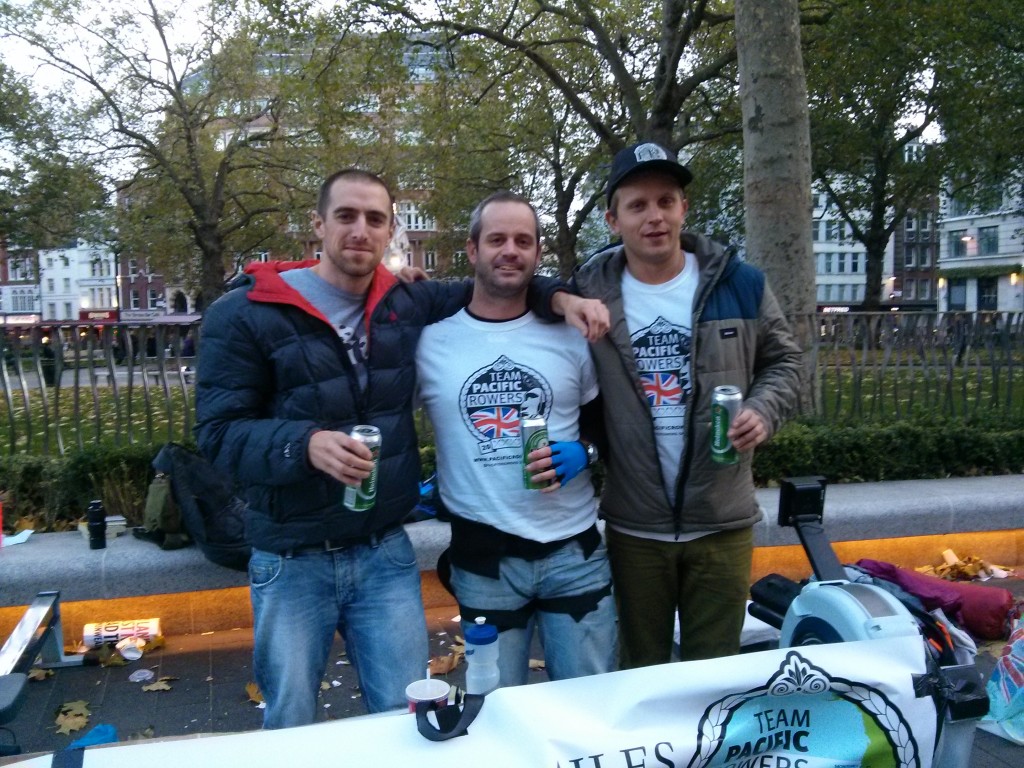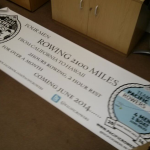Try to think about how much you use single-use plastic and then imagine going one year without it. Seems almost impossible right? Danny Kirschner, 27, from Athens, USA (@anosinplastico), has set himself the goal of doing precisely that. This is the second part of an interview with the rock musician and environmentalist to see how he is getting on.
Buying food. Cheese and yogurt. Some things just aren’t packaged any other way. Buying packaged vegan items like tofu, tempeh, vegan cheese. I have also used bags to buy bulk items, and then tried to reuse those bags each time I go to the store. Also cosmetics like toothpaste and shampoo – these things don’t come in any other container. I’ve still got a good bit of research to really be able to live plastic free how I want, but right now I’m OK having given up the vast majority of one time use plastic.
Have you inspired anyone else to adopt it? What have family and friends said?
I have definitely inspired my family and friends to be conscious of their plastic consumption. Most have even attained the low hanging fruit: not using plastic bags for simple purchases and not wrapping vegetables in plastic bags. Each time I am around people and say things like “no straw, no cup for ketchup, no bag please”, I am planting an awareness seed in everyone’s mind that will continue to grow.
I lived with a guy for the past three months, and in the beginning of this no plastic idea, he made fun of it just like carnivores do to new vegetarians. Recently, I noticed during a trip to the store that he specifically asked for one of his food items to not be put in a bag, and he commented how ridiculous it is that something in a container is placed in another. On a similar note, while staying with my parents that past few days, my notoriously carnivorous parents admitted they want to try going vegetarian. This came about after I made them a meal. I told them it was entirely vegan. They thought it was delicious. That’s what it takes – leading by example and not forcing it on someone, but letting them come to the discovery on their own. Everyone secretly wants to do good for themselves and the environment, but no one wants to talk about it for fear of being singled out and made fun of.
Luckily for me, my girlfriend Erin and her family have been big supporters of the no plastic idea. This would be a lot more difficult of I had no one to encourage me to keep going.
Do you have a better idea of how much plastic you consume?
I have not actually attempted to measure it, but I probably consume around three pieces of one time use plastic a week. In the beginning I tracked all of this, and want to get back to doing that. It’s really all about being prepared to avoid these plastic situations: bring a metal eating utensil in your bag, a steel water bottle, travel coffee mug, and before you order food anticipate there will be a cup or straw or wrapped silverware and ask to not have any of that stuff thrown in.
Do you feel there is any part of life where plastic is unavoidable/better option?
Of course plastic is a great material for many purposes. Medical and sanitation for example. Food safety rule number one is change your gloves each time you handle raw meat. I don’t think that rule is going anywhere. But maybe we should just all be vegetarian 😉 In our day to day lives, we can mostly do without. In manufacturing, I imagine there’s good economic and scientific reasoning behind using plastic in cars, electronics, etc.
What do you hope to achieve?
What I want to achieve is consumption awareness. Think about the consequences of your purchases. How is something made? Who made it? Where will it go once you’re done with it? Is it worth it for us to consume this item in this fashion? Who benefits? Who gets screwed?
What do you think is plastic’s main threat?
Plastic’s main threat is innovation. Everyone knows plastic is not an ideal material for the environment. Hundreds of cities around the world have banned bags. It’s only a matter of time before plastic in its current form is replaced by a similar behaving material that is environmentally friendly. But, the gap between now and that time may be 50 years, and that’s an unimaginable heap of garbage we’ll be tossing away as we wait for scientists to innovate us out of this problem.
Do you see plastic free as sustainable? Will you carry on after a year?
I definitely see it as sustainable, and it achieves the goal of consumption awareness, which is what I do not want to lose, ever. There’re many paths to consumption awareness, and this is just one. Maybe I’ll try other experiments in the future to see what else I can live without in addition to one-time use plastic.
What do you think is the best way for society to reduce plastic waste and our dependence on plastic?
Outlawing bags has been the top down approach, but I believe this revolution against damaging and unnecessary consumption needs to start with the individual. We really need to instil in people the feeling of responsibility towards our environment. This needs to happen, whether it’s from parents, teachers, friends or documentaries on Netflix. If we continue consuming without having any responsibility for our actions, we’re going to move further in the direction of irreversible climate change and damage to this earth, which we kind of need to survive.
Once we feel responsible, those who are able to reduce their consumption and plastic usage need to lead by example and tell others how they are doing it and how it’s going.
————————————————————————————————————————————–
Danny Kirschner’s blog is at yearwithoutplastic.wordpress.com. He can be followed on Twitter at @danman01 and @anosinplastico.
————————————————————————————————————————————–
